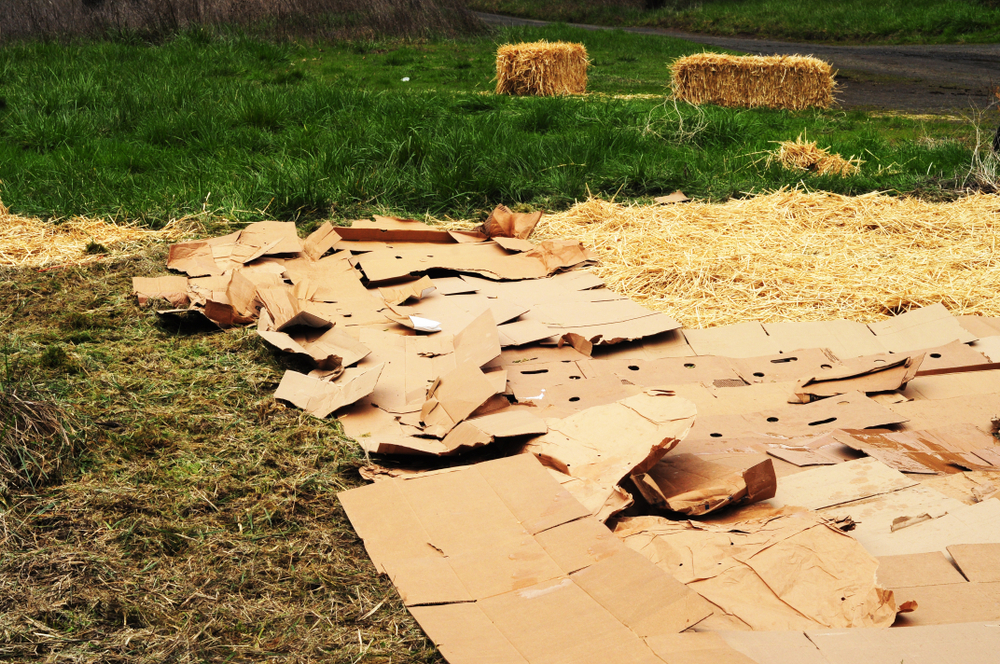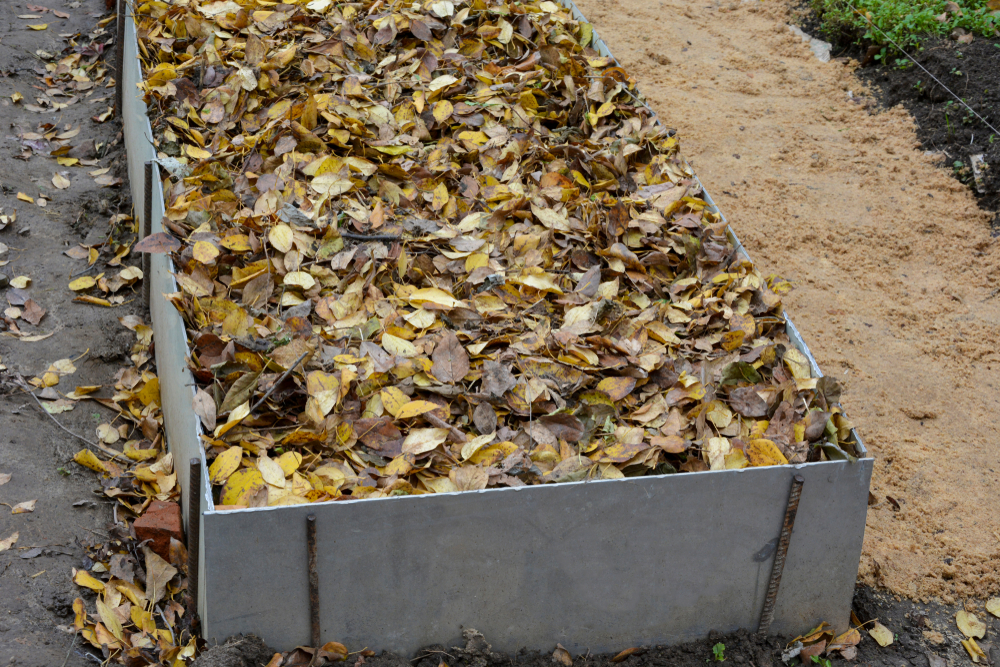
James Hilyard is Ipswich City Council’s Infrastructure and Environment Department, City Maintenance manager.
James is a horticulturalist, arborist and holds a master’s degree in sustainability.
In this month’s column, James shares his guide for making a lasagne garden.
There are two things I am guessing that you have in abundance in your garden at the moment, weeds and lawn clippings.
Rather than put them in a green waste bin, maybe you can recycle them in your own garden?
Lasagne gardening is also known as sheet composting.
This method starts with layering different types of garden waste of compostable items, usually you have a green layer followed by a brown layer and so on and so on (different layers just like making lasagne).
The result of lasagne gardening is a healthy topsoil that would normally take many years to make naturally though the slow process of decomposition of organic material in your garden aided by an army of unseen workers.

Location, location
- Do you have an area that you find it difficult to grow things in? Hard, compacted soil? Bare areas that are stony and dry?
- Pick a spot then rough up the surface with a shovel.
Pasta or meat sauce?
- Well if the green layer is the sauce and the brown layer the pasta, most chefs would agree – you start with sauce.
- That is a green layer. Your green layer could be something like fresh green grass clippings, kitchen waste, animal manures or wilted weeds.
- Then you follow on with a layer of newspaper or cardboard. The layers of newspaper help keep the weed seeds from germinating and hold it all together.
- After that you lay a brown layer of which is something like dry leaves, wood chips or mulch.
- From here you could put down a layer of chook manure, then a layer of kitchen scraps or compost.
- I like to add a layer of garden soil in there somewhere too, something with a bit of clay or good old fashioned ‘dirt’ you can get minerals and trace elements from this material that will help your plants healthy.
- The main rule for the layers is to alternate the colours and wet down each layer as you go. The reason we use a green layer and a brown layer is that it gives us balance as to moisture content and texture. If compost gets too wet it turns anaerobic and becomes smelly. Having layers of different textures and moisture levels stops it from compacting and keeps it aerated.

Let it bake
- Build it up until you get to about half a metre or so high. Then you can make some pockets in the top layer and add a bit of potting mix or good quality soil to each pocket. Then you can plant these pockets with seedlings or seeds. The pocket of soil lets the plants establish before they push out roots into the now composted layers.
- Basically the material in the layers will start to breakdown and earthworms will also work their way through the material and do their magic munching away on each layer and your lasagne garden will start to shrink.
- You can continue to add layers as the plants grow and you can easily add your kitchen compost scraps to the garden, it’s a bit like an open compost heap.
- At the end of the process when you have harvested your vegetables or whatever you planted you will be left with a beautiful friable worm rich soil all without any digging.
Read also:


